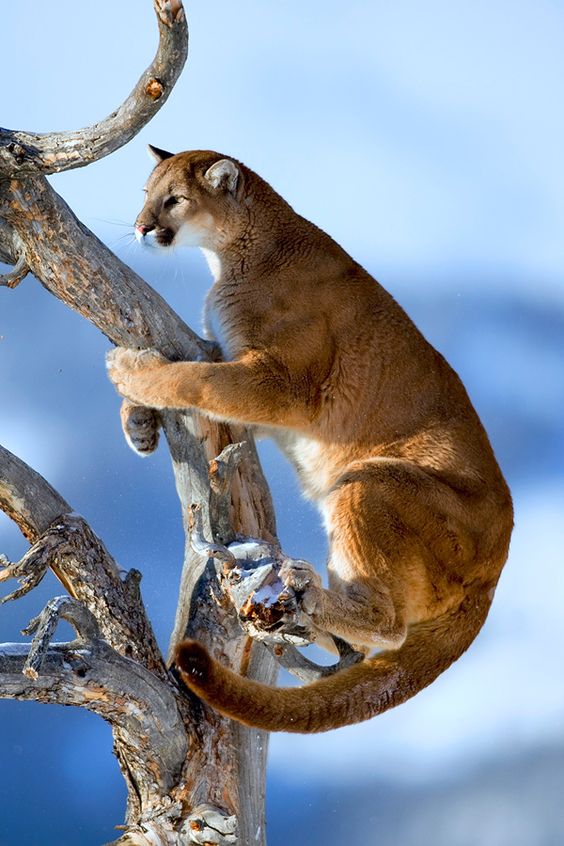The answer is one that is typical of any of the wild cat species; we really don’t have accurate information on the number of pumas left in the world 2020.

The first point to make is that the question concerns the number of pumas in the wild (not in zoos) in 2020. As mentioned we don’t know. It is extraordinary perhaps that the world organisation, the IUCN Red List, which has responsibility for keeping track of this sort of data provides woolly and outdated information. Here it is:
The assessment relates to 2014. That’s a bad start as it is 6 years out of date. It gets worse. The IUCN Red List says that the Western U.S. population of the puma was 10,000 in the early 1990s but they don’t provide any information for 2020 so their information for Western U.S. is 30 years old and in my view getting on for being useless.
They say that the Canadian population was ‘estimated’ at 3,500-5,000 individuals as at 2014. They refer to the Florida panther as numbering 100-180 but this subspecies has been made non-purebred because of the introduction of Texas pumas. Therefore the numbers are academic.

In Central America the IUCN Red List says that the puma population is ‘likely much higher although it is unclear how abundant pumas are in the dense rainforest of the Amazon basin’. That information comes from a study dated 1996 by Nowell and Jackson. In other words at 2020 they have little idea of the puma population in Central and South America.
That’s it on puma population. There is no more information from this next to useless organisation on numbers. You’ll read numbers on many websites perhaps providing some firm data but it will be unreliable because the IUCN Red List is the prime source and they don’t know. How then can they assess the conservation status of the puma? They can’t but they do. It is all baloney. I don’t trust them as, in my opinion, they are likely to be under a conflict of interest as they have connections to people who are NOT interested in conservation.

